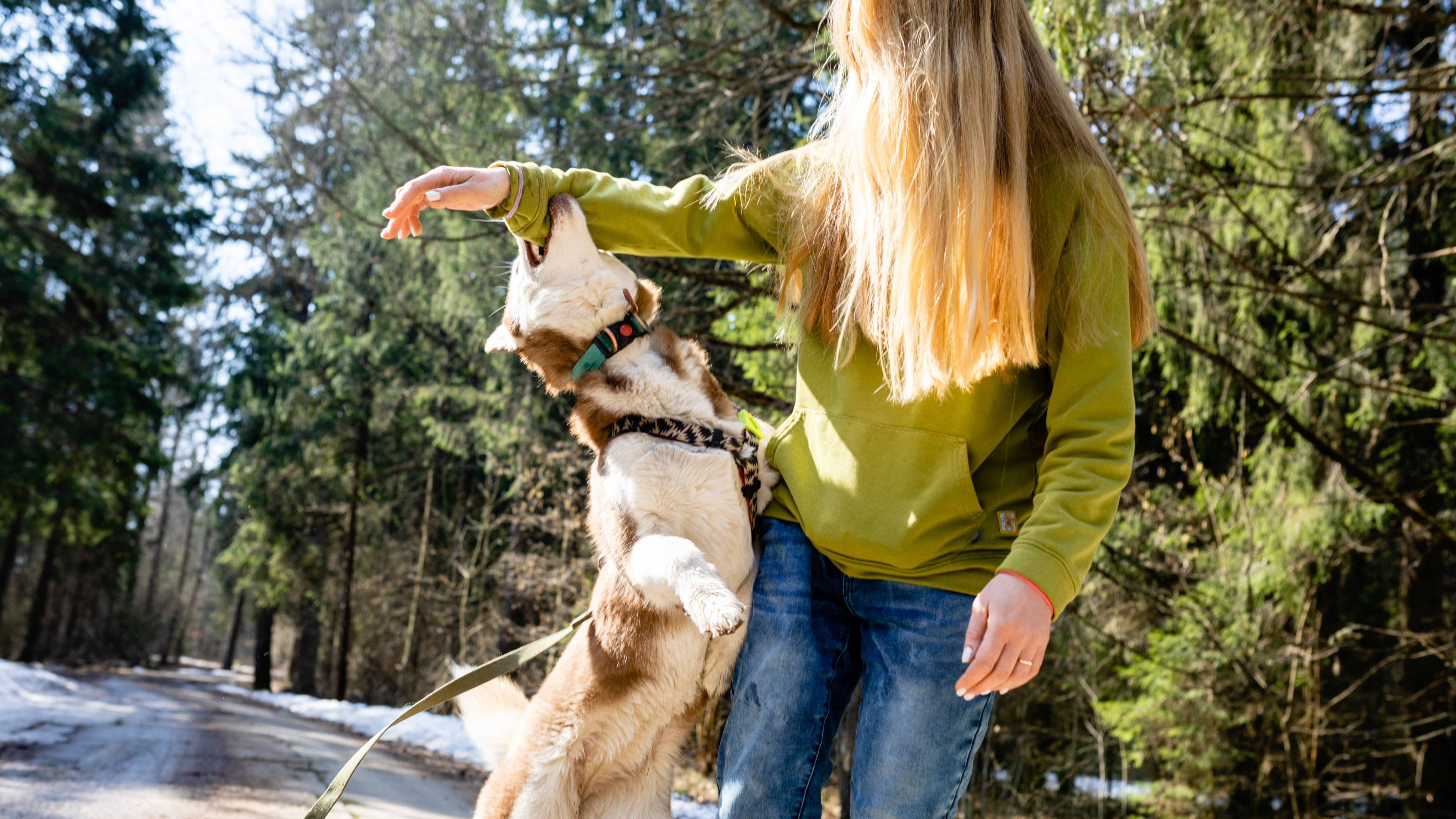
Dogs use their mouths an awful lot – their mouths help them make sense of the world around them. Most of the time, they’ll use their mouths for harmless purposes, but dogs can bite people and other dogs too.
All dogs are potentially capable of biting, regardless of breed or temperament. Even if your dog has the best dog toys and their favorite treats, they could still bite.
However, dogs don’t bite unprovoked, so to minimize the risk of your dog biting, there are some key things to watch out for. Award-winning trainer Lisa Burton of Listen Dog Training has explained all we need to know in a recent Instagram post.
Burton explains that, even if we think a bite has come out of nowhere, there’s probably something we’ve missed. Your dog might have been trying to communicate that they’re unhappy and uncomfortable in less overt ways, or have given up trying to communicate in subtle ways because they’ve been ignored or punished in the past – this can happen when a dog is punished for growling, for example.
Perhaps, says Burton, “Your dog urgently requires space and has escalated his communication because he perceives the situation to be acute (even if you do not).” It could be a sign of food aggression in dogs, if your pup bites and snaps when someone comes near their food bowl, for example, even though you know you won’t be taking their food from them.
Alternatively, your pup could be trigger-stacking a series of less stressful events that are still stressful nonetheless. Or, they could have pain or an illness you aren’t aware of, meaning that they aren’t feeling as tolerant as usual. So, it might be worth getting your dog checked out by the vet if they react in a way that’s out of character.
“Dogs are an inherently social species with an adept understanding and reliance upon an established ladder of communication designed to help them avoid violence,” says Burton. “Neurological illness and injury aside, it is only when we ignore or suppress this communication that dogs reach bite threshold.”
If your dog is uncomfortable, you might see them turn away or yawn, lick, or blink excessively. They might tuck their ears and tail, crouch and shrink, and creep around. It’s only if these behaviors are ignored that your pup may escalate, stiffening up and staring, curling their lip, or growling.
When these are ignored too, your dog may feel as though they have no other option but to snap at the air, and, finally, bite. So, to minimize the risk of biting, it’s important to watch out for other, less potentially dangerous, signs that your pup isn’t happy.
Sometimes, dogs can bite during play, but it’s not quite the same as them biting when they’re uncomfortable or unhappy. In 'why is my dog play biting me?', an expert reveals the reason and how to stop this. And if you’re a parent to younger dogs, here’s how to stop a puppy biting, mouthing or nipping.







